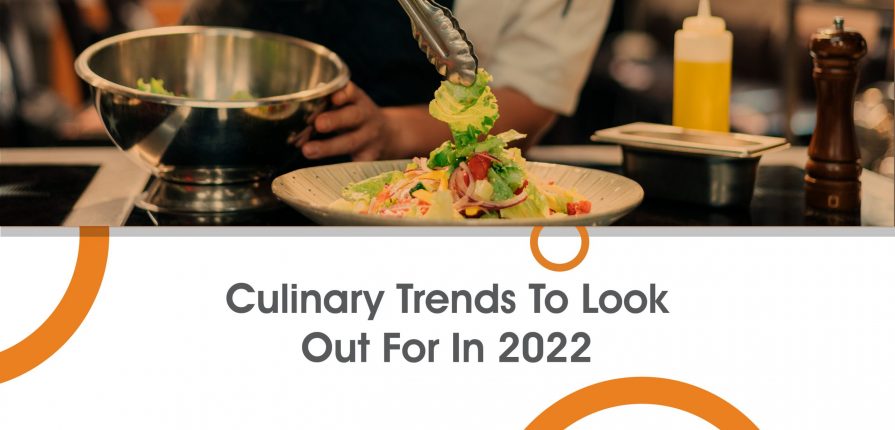The food and beverage industry is constantly evolving, and its evolution differs across the globe based on local customer demand. It’s important for young people entering the industry to keep an eye on trends as questions about these could arise in job interviews. Here are a few we think will stand out in 2022.
Salad dressings
The world is looking at health food with a deeper interest. But there’s more to salads than a few greens tossed in salt, pepper and extra virgin olive oil. Customers are keen on food that is both healthy, nutritious and fun to eat. Salad dressings are making a comeback, and while Caesar dressings, ranch and vinaigrettes still work, you’ll want to add in a few ingredients that pack in some punch.
AI-based service
Technology already plays a big role in the culinary industry. Understanding how it works can help entrepreneurs use it to their advantage. In more tech-based locales, culinary ventures are considering the use of robots in accomplishing complex tasks, 3D printed food, lab meat and other labour-saving automations. In India, artificial intelligence is helping fast food chains and restaurants optimise ordering systems with voice-enabled processes, making better food option lists for consumers and even selecting the right route for delivery agents.
Plant-based growth
A 2021 report by the Hartman’s Group found that 48 per cent of consumers in the US look for food and drink labelled ‘plant-based’. The plant-based trend is certainly gaining ground around the world, and while it may not suggest that more people are turning towards vegetarianism or veganism, consumers are trying to limit their meat intake for a whole range of reasons. And culinary ventures are catering to this – McDonald’s signed a three-year partnership with Beyond Meat for its McPlant burger and Starbucks began testing a 100 per cent plant-based menu in one of its cafés in Seattle.
Rising prices, shorter menus
Credit rating agency ICRA pointed out a four-year high in the cost of onions, tomatoes and potatoes, the three main ingredients in Indian food. With price increases in food costs overall as well as higher transportation costs, menu prices too are on the rise. In late 2021, the Indian Hotels and Restaurant Association said food items were expected to cost around 20 per cent more. Smaller menus, pre-orders and advance reservations will help keep overheads in check.
Alcohol-free cocktails & fermented drinks
Experts have predicted the growth of alcohol-free beverages, with booze-free spirits making headway. These are meant to mimic the taste of liquor without its associated add-ons of high calorie content and hangovers. Another market that’s looking to capitalise on health-conscious consumers is fermented beverages. Traditionally, India has a history of fermented beverages including toddy, kanji and handia. Today, urban India is turning towards kombucha, kefir, kvass and hardaliye which have either low-alcoholic content or none at all. Bottled kombucha is easily available on supermarket shelves, and culinary ventures should ideally be looking at innovative ways to incorporate both alcohol-free drinks and fermented drinks into their menus.







Leave a Reply